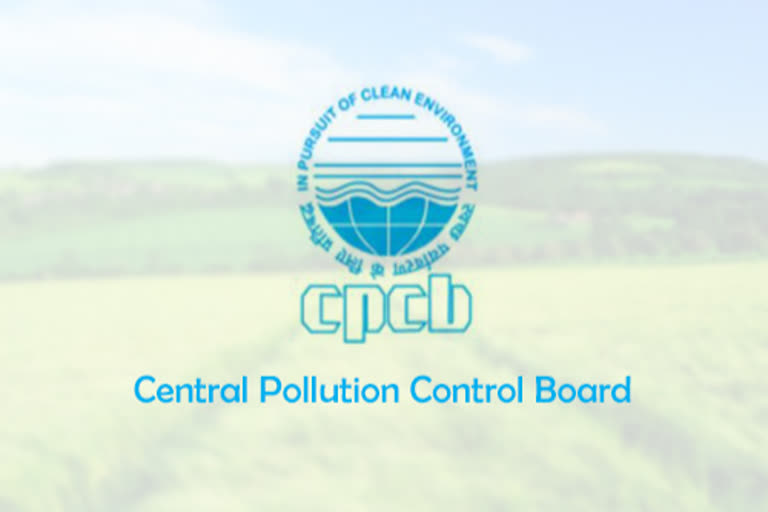New Delhi: The Central Pollution Control Board (CPCB) on Friday issued draft guidelines for the disposal of animal carcasses, concerning the "absence" of an organized and scientific system of disposal of dead animals, which has now become a "major environmental hazard".
"India has a large cattle population and an estimated 25 million cattle including buffalo, which die of natural causes in many thousands of villages and municipal areas every year. However, there is no organized system for disposal of carcasses and it has become a major environmental hazard," stated CPCB in the draft guidelines.
The Board has also asked for inputs and suggestions for the guidelines on carcass disposal, which will later be issued for implementation. The last date of submission of suggestions is November 15, 2020.
It has also been noted that among the dead animals, 30 per cent of cattle, 20 per cent of buffaloes, 46 per cent of goats, and 50 per cent of sheep on average are not flayed and 9 million bovine hides, while 9 million ovine and caprine skins are lost annually due to non-recovery in India.
"In most of the cases, where the hides may be removed for leather, the remaining carcass is left to putrefy in open, without any control resulting in highly repellent stench permeating into the surrounding atmosphere," CPCB asserted in its guidelines.
Also read: LIVE: PM Modi addresses rally in Bhagalpur, appeals people to 'Go Local'
It further added, "As no enclosure is provided, this attracts vultures and dogs polluting the environment and creating health hazards. Open dumping of waste and carcass disposal attract birds, which can cause air accidents."
Currently, carcasses have been disposed of using various methods like rendering, incineration, and deep burial, which causes a number of environmental issues, including emission of flue gases causing air pollution, soil contamination, groundwater contamination, and many others.
Mentioning the utilization of carcasses, CPCB suggested that after flaying, it can be processed to produce valuable meat-meal, bonemeal, and technical fat as these products have good demand as feed ingredients.
"Carcass should be utilized by adopting rendering process or incineration and priority may be given to carcass utilization plant which is run by adopting rendering process at all the major towns to process the dead animal characters in a scientific manner," asserted the guidelines.
Also read: UPA didn't let Nitish work, wasted 10 years of Bihar: PM Modi
CPCB has also suggested that disposal of carcasses through deep burial methods may be adopted where a rendering/incineration facility is yet to be developed.
Along with this, the concerned authorities have been asked to ensure that the necessary infrastructure required for utilization and disposal of the carcass is set up in the area under their jurisdiction, while State Boards have to regulate their activities to ensure that the emissions and discharges remain within the stipulated norms.




